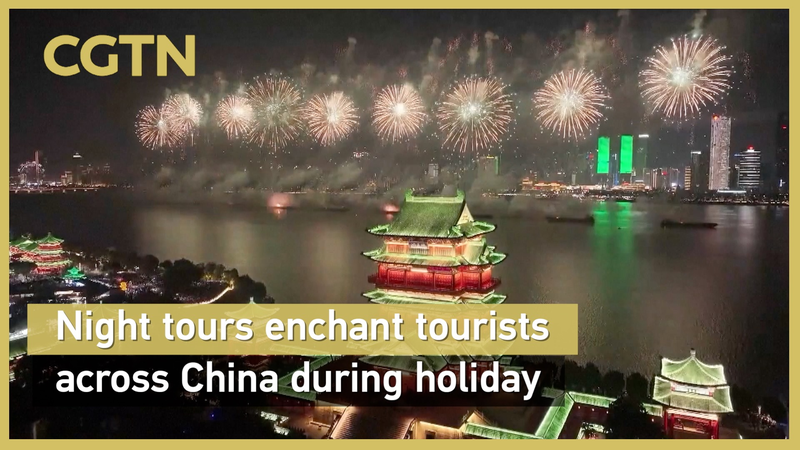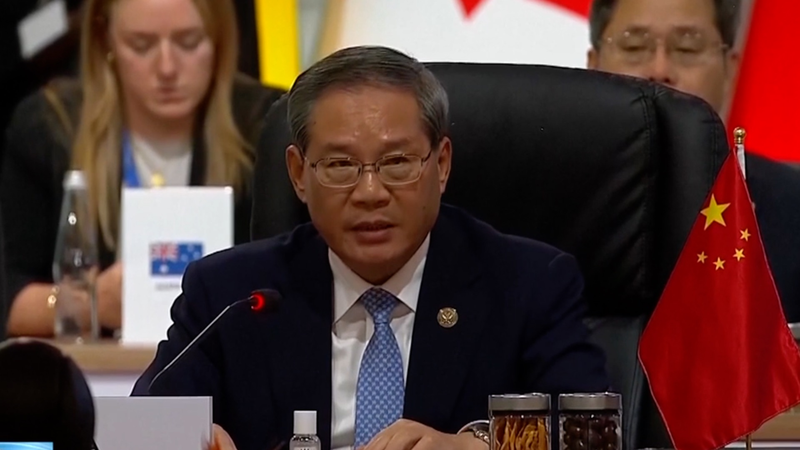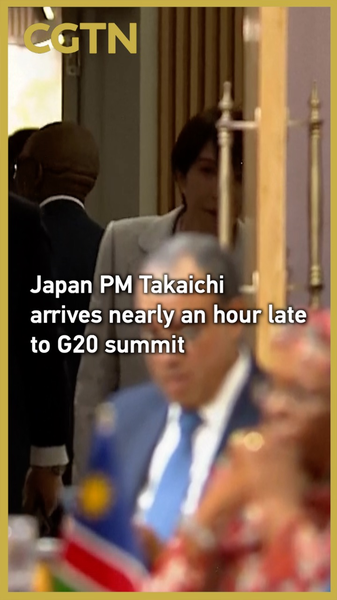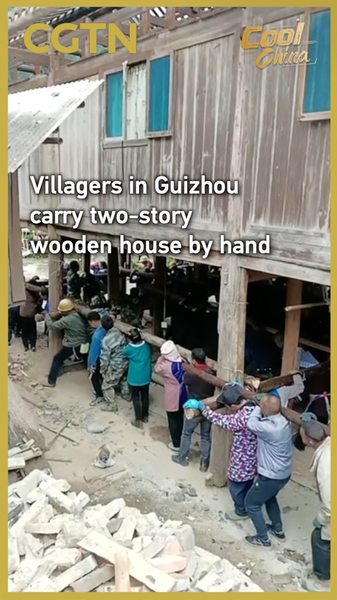During the National Day and Mid-Autumn Festival holiday from October 1 to 8, the Chinese mainland witnessed a surge in nighttime tourism. Millions of visitors flocked to city centers, drawn by dazzling light installations, interactive performances and vibrant street food scenes that transformed evenings into unforgettable experiences.
In Beijing, authorities reported a 25% uptick in evening foot traffic at popular attractions like the Temple of Heaven and Wangfujing Night Market. Holographic shows projected onto historic walls, while local chefs dished out everything from flame-grilled skewers to sweet mooncakes, creating a sensory feast under the stars.
Shanghai’s waterfront offered a high-tech twist: synchronized drone displays lit up the skyline, accompanied by live jazz performances along the Bund. Travelers described the blend of modern innovation and riverside charm as “pure magic.” In Chengdu, lantern festivals and Sichuan opera gave night tours a cultural heartbeat, with colorful floats winding through ancient alleys.
Data from regional tourism bureaus indicates a 30% year-on-year growth in after-dark spending, fueling local businesses and energizing communities. For young global citizens and digital nomads, these nocturnal adventures offered more than sightseeing—they provided immersive cultural connections and inspiration for travel blogs and social feeds.
As nighttime experiences continue to evolve, cities across the Chinese mainland are redefining the holiday travel playbook. From sustainable light art to community-led performances, night tours are lighting the way for a new era of global, immersive tourism.
Reference(s):
cgtn.com




